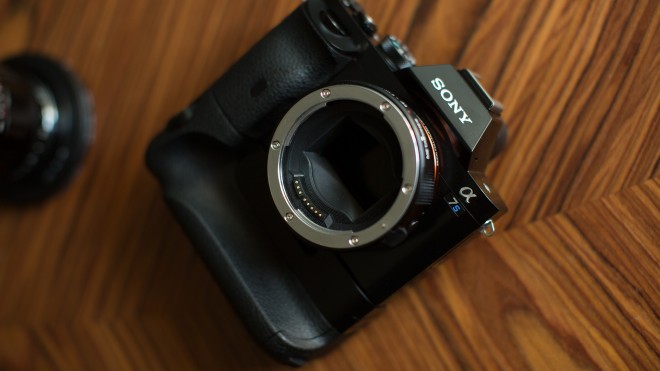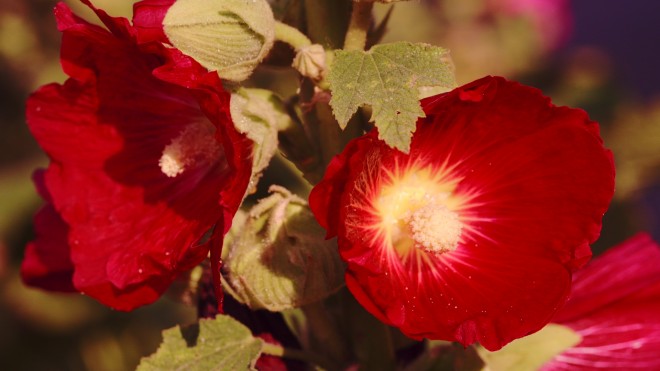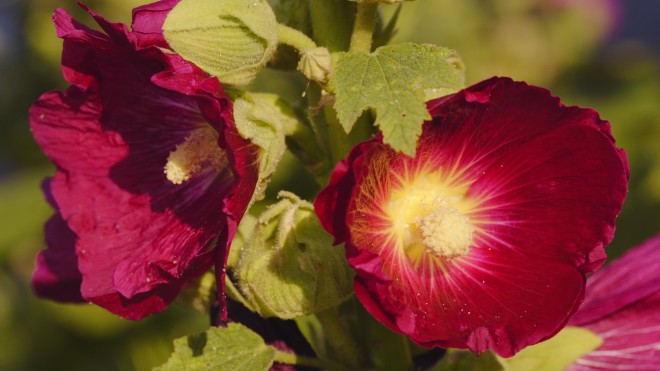Only a few years ago S-LOG was a $3800 upgrade for the Sony CineAlta F3, itself a $15,000 camera. S-LOG made its debut on the Sony F35, a workhorse of Hollywood.
Now Sony have put this on a $2500 consumer camera along with the best full frame sensor I have ever used for video. How good is it? Very!!
I am sharing a pack of LUTs for the A7S which can be applied in Premiere, Resolve, etc. for an instant cinematic look to your A7S S-LOG 2 footage.
Three LUTs are provided in the zip. Dynamic – for best dynamic range, will suit a low contrast shot requiring high dynamic range and plenty of shadow detail. Also good for low light. Vivid will give a punchier look to those shots that benefit from it like a sunset and where some dynamic range can be scarified for higher contrast and saturation. S-GAMUT is for when shooting S-LOG with the Color Mode of S-GAMUT and compensates for the purple tint to reds I find I am getting in this mode. For the Dynamic and Vivid LUTs you must set the camera colour mode in PP7 to ITU709 Matrix.

S-LOG 2 on the A7S is the most effective LOG picture profile that has ever been made available for any DSLR. It is better than Technicolor CineStyle on Canon DSLRs and better than CineLikeD on the GH4. The codec grades remarkably well without the usual banding over skies and heavy noise in the shadows. Only if you do something wrong in the grade or with your exposure do you get noisy shadows when shooting S-LOG. Otherwise the sensor is extremely clean at the native ISO of 3200. In fact it is so clean that at ISO 12,800 the image looks like ISO 800 on most other cameras. For me, creatively, this is a revelation.
Being a widely used standard LOG curve S-LOG means you can more easily match shots from the A7S to other Sony cameras with S-LOG such as the FS700, F5 and F55. It is much harder to match the GH4 with CineLike, or a Canon DSLR (unless shooting raw).
What really surprised me is how well the XAVC-S files grade from S-LOG. In 99% of cases they graded just as well as ProRes recorded externally from the cameras HDMI port to the Atomos Ninja Star which says a lot about the quality of the encoder Sony have put in the A7S here.
The A7S files graded far better than my FS100 (and therefore FS700) and usable dynamic range exceeded what I was able to get with my Blackmagic Pocket Cinema Camera with ProRes. In my shootout with 5 other cameras (coming soon) I also tested 5D Mark III raw and it is very surprising just how similar colour and tonal range look between raw on that camera and H.264 on the A7S considering the gulf in bit depth and file sizes between the two. The A7S is now my preferred choice over 5D Mark III raw video, because the image is as good yet the file sizes, EVF and even better low light ability make it more practical.
Above: S-LOG 2 graded with EOSHD Dynamic LUT (top) and ungraded (bottom)
I had expected the XAVC-S codec to show some banding in the sky on this shot. Amazingly despite being 8bit, with S-LOG it doesn’t. All that subtle opal colour and detail just popped right out.
ISO 3200 introduces a very subtle grain to the image, helping to dither areas of gentle roll off and gradient. At ISO 200 without SLOG the sensor is so squeaky clean that there’s nothing to dither the 8bit image so it has the same banding issues as the Canon 1D C under ISO 400. Undoubtedly the full pixel readout of the sensor helps here too, as pixel binning can cause banding to worsen.
The biggest single advantage of SLOG 2 though is the flexibility you have to apply your own curve and look to the image in post, as well as the dynamic range gain over the standard picture profiles, which is significant. Also to not have to think about what ISO you are using, unless shooting in extremely dark situations simplifies the shooting experience with S-LOG 2.
Drawbacks?
Unfortunately nailing the perfect exposure is very tricky without any LUT applied to the image on the camera live-view and grading S-LOG is tricky if you’re a beginner. The Atomos Shogun thankfully will have support for LUTs so you can monitor off the final graded image while shooting with that. The other issue is of course you will need strong ND filtration to get exposure at 180 degree shutter angles in bright light and at bright apertures, though for handheld footage you should consider using a higher shutter speed. 1/50 for fast handheld camera movements is much too blurry for my liking.
I am still experimenting with fine tuning the S-LOG 2 profile in-camera, where a full suit of options from Sony’s pro video cameras is offered. By default colour mode is set to S-GAMUT when shooting S-LOG but I find that reds have a bias towards purple in this mode regardless of white balance. When set to 709 Matrix the reds are no longer purple but I have a suspicion that colour overall looks more cinematic when using the S-GAMUT setting and I can compensate for the hue shift in my LUT. Here is the same shot recorded in both S-GAMUT and 709 Matrix mode, with the same LUT applied and no compensation for the hue shift.
Above: S-LOG shot in 709 Matrix (top) vs S-LOG shot in S-GAMUT colour mode (bottom). To the eye the flowers were red not purple.
Is the A7S’s HD image in league with the F5? But full frame and even better in low light? Amazingly, I’d suggest “yes” BUT with a few caveats. It is a fantastic camera for locked down shots on a tripod or thoughtful, considered, slow handheld work. The caveats relate purely to motion. Rolling shutter and macro blocking on motion blur is more noticeable on this camera than it is on the F5. Here though the A7S is not without a solution or three. You can record to the tiny Atomos Ninja Star to avoid the macro blocking on motion blur and to improve compression for fast moving handheld shots. The LCD and EVF stay active while also sending a uncompressed HDMI signal to the Ninja. You can switch to 60p in APS-C mode without sacrificing crisp 1080p detail levels and get rolling shutter skew down to the level it is on the FS100, FS700 and C300. You can also use the rolling shutter tool of your NLE to further reduce skew in post.
Resolution in 1080p as you can see is astounding – like the C300 or GH2. The A7S is without a shadow of a doubt the best camera right now for the money.
It’s not perfect, no camera is, but I am deeply in love with the results I am getting from the full frame sensor.
There’s one further caveat and this is on the user’s side – grading ability. It takes time and skill to learn how to do it. Never has it been more important to get the grading side right. Shooting on the stills picture profiles like Neutral with sharpness dialled down is not going to cut it with the A7S.
I’ll put the first part of my evolving Sony A7S review up on Monday so stay tuned.
How to apply the EOSHD LUTs
In Adobe Premiere Pro CC you use the Video Effect “Lumetri”, this will ask for the LUT file of your choice which you navigate to and select. It is then applied to the image and you can do additional colour / contrast correction with the RGB Curves filter.
In Blackmagic DaVinci Resolve you have to place the LUT files in the directory Resolve is using for LUTs. To find this click Settings and go to Lookup Tables. Click “Open LUT folder” and dump the files here. Then you can select the LUT in the settings panel – under the 3D Output Lookup Table drop down box, or apply it to individual clips in the Color screen right a right click on the clip and selecting the LUT there.






